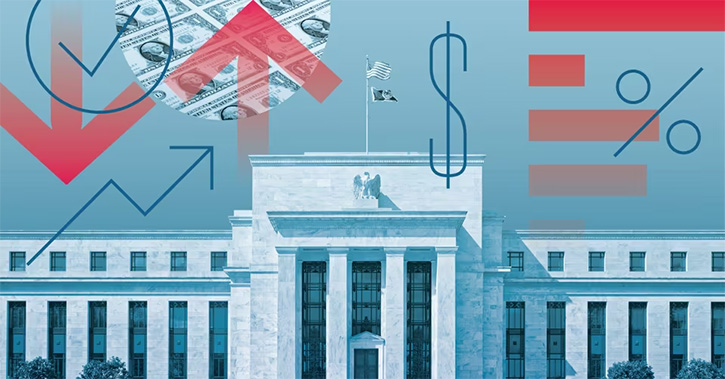This article is part of Morningstar's "Perspectives" series, written by third-party contributors. Here, Nick Gartside, international CIO for fixed income at J.P. Morgan Asset Management, gives his overview of the bond market.
Investment meetings everywhere are focusing on tapering: will they, won't they? How much? What frequency? Mortgages or treasuries? The reality is we don't know, but come September 18th the facts will become clear. The devil is clearly in the details and attention will be paid to the amount of tapering and the instruments chosen. Market consensus expects about $10 billion and mostly in Treasuries. We will see what happens as markets gain a degree of clarity. With clear facts, markets will have certainty and can price outcomes accordingly.
Through the first quarter and thus far in the year, markets have been fairly directionless. In May the first signs of tapering lead to bond yields selling off by about 1%. Largely through July and August conditions have been fairly unchanged looking at government bonds and high yield. As the details of tapering come into focus, we’ll be in a more directional market, the question is which way. That is tricky to predict as a lot will depend on the details.
So what facts do we now know? Well, one of the lessons over the last few months has been that ‘decoupling' remains an illusion and that quantitative easing (QE) has, if anything, increased financial interdependencies. For many emerging markets it has been the ‘wrong' kind of interdependency. A clear impact of QE has been the indiscriminate allocation of cash to anything offering a yield irrespective of the credit worthiness of the underlying borrower. The withdrawal of QE and liquidity is already forcing investors to focus once again on fundamentals and facts.
What does this mean for markets? Well, big directional moves are unlikely given the still tepid growth outlook. Although the current 2% growth rate looks ok, it is a low level historically. For example, the average from 1953 to 2007 was 3.25% and in the four years after each post war recession the average increased to 4.25%. So where will returns come from? The reality is that it's an environment where investors will have to focus on idiosyncratic and relative value opportunities. Emerging markets, the focus of the current dislocation, is probably a good place to start hunting.
In terms of our positions as we have throughout the summer we continue to like mortgages bonds and high yield bonds over pure government debt and as a rule generally we still like spread product.




























